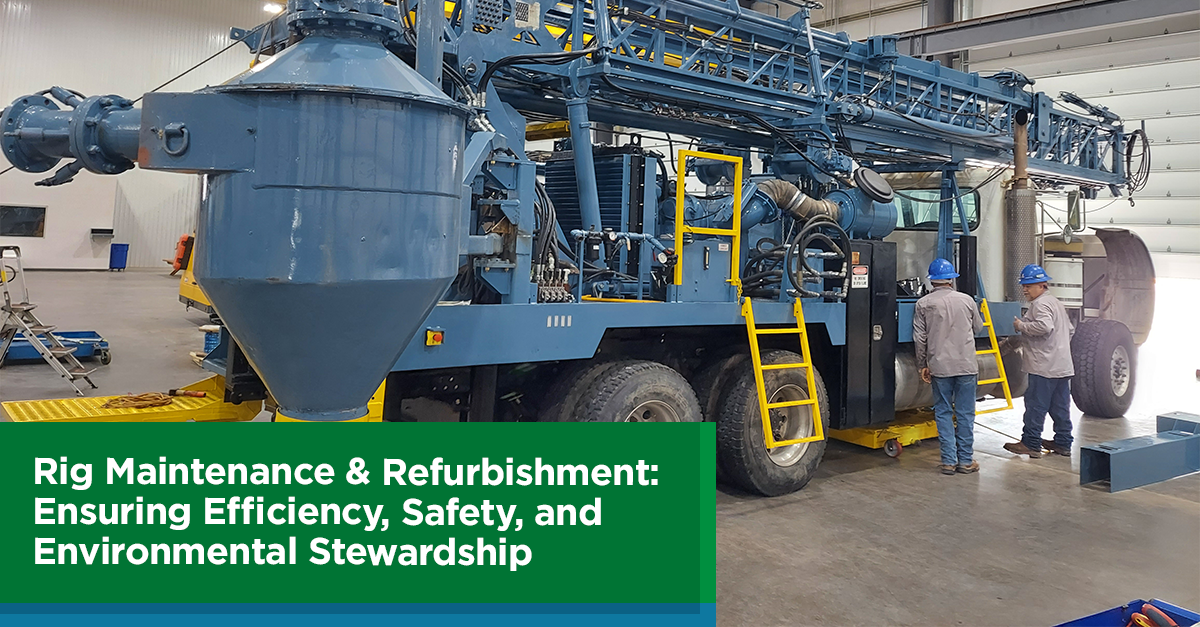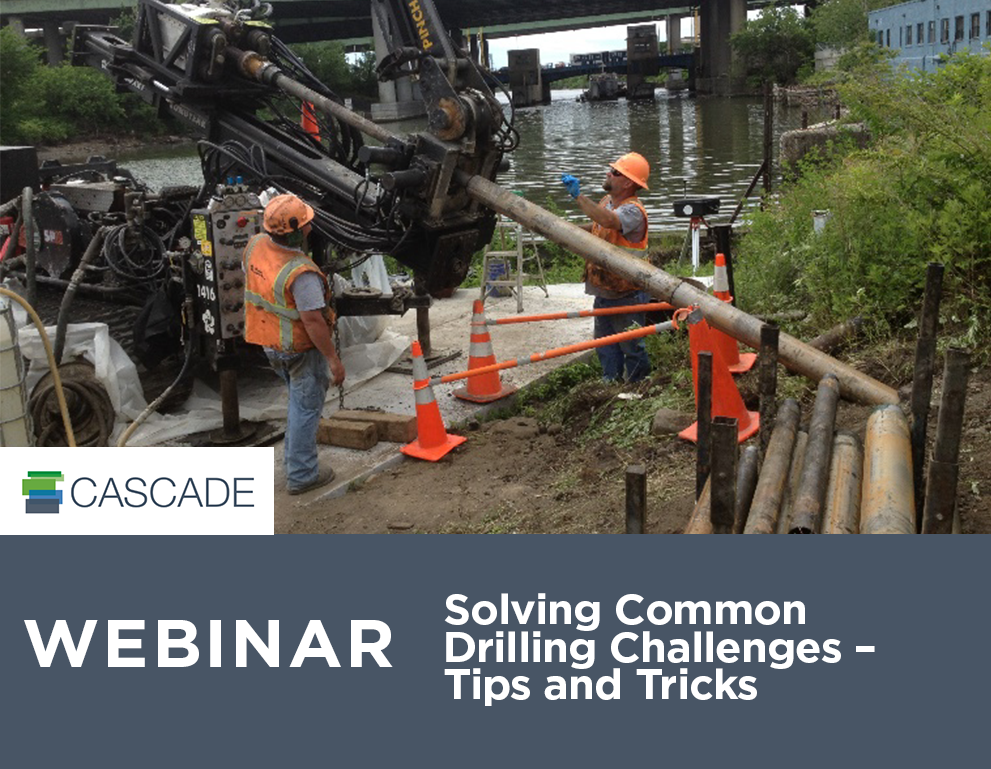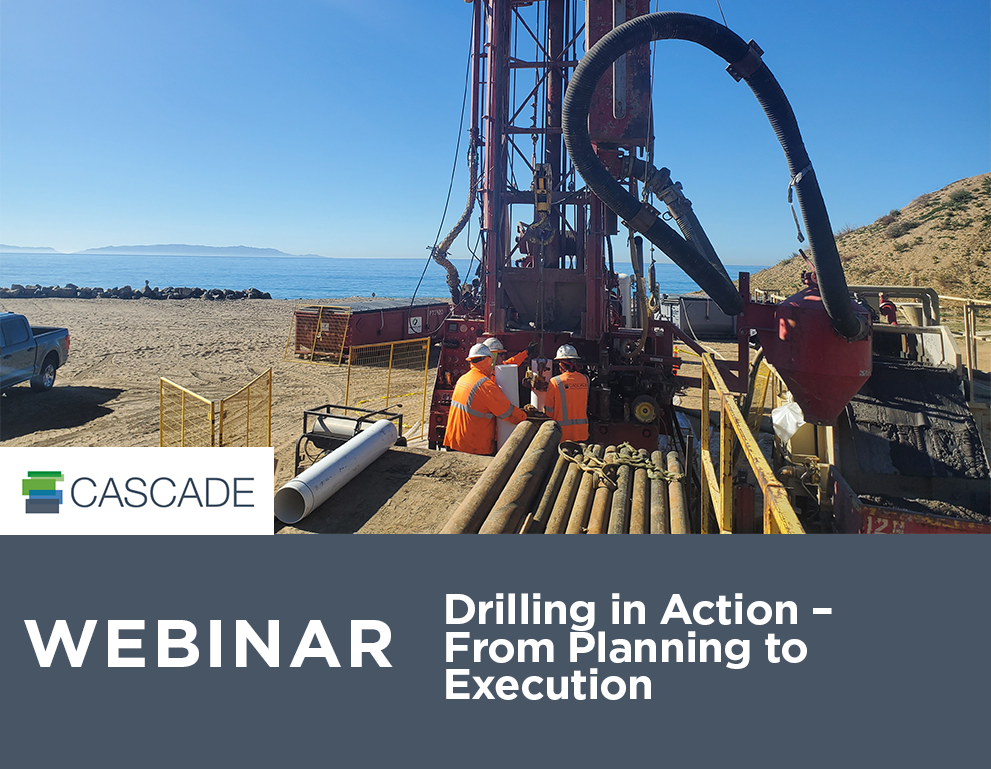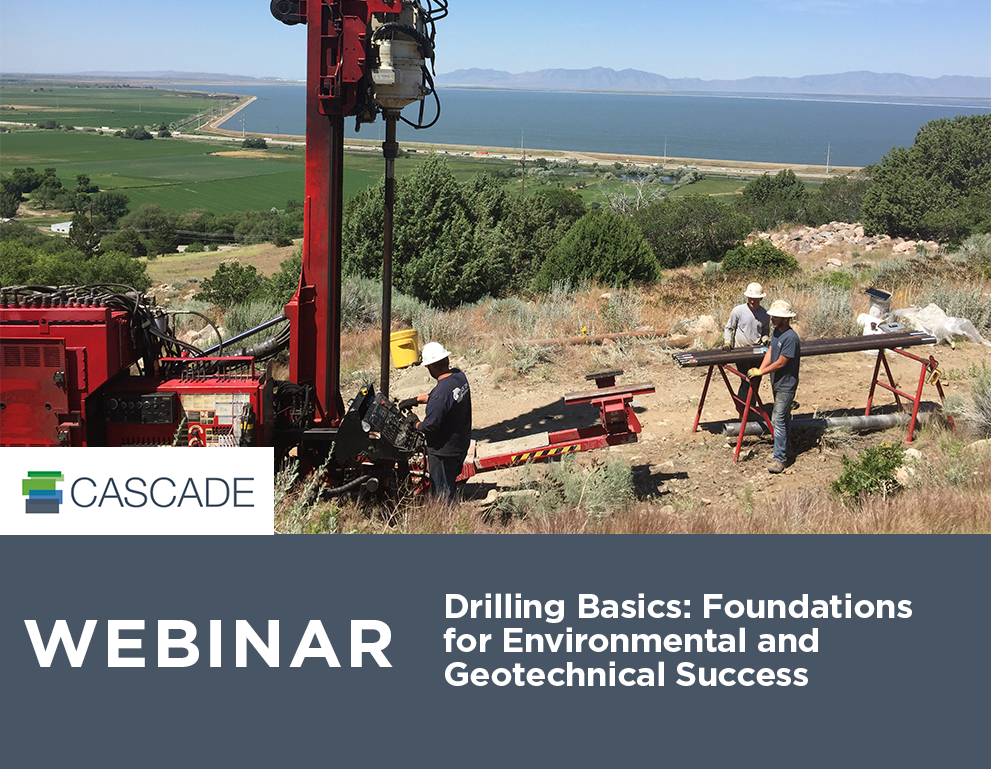Navigating Remediation: The Indispensable Role of Comprehensive In Situ Remediation Case Studies
By: Eliot CooperIn the intricate world of environmental remediation, case studies stand as pillars of knowledge. They offer insights into real-world challenges and solutions, providing professionals with invaluable data to guide their decisions. Here's why these studies are indispensable:
- Evidence-Based Decision Making: Case studies offer a window into how environmental challenges have been tackled previously. By dissecting these studies, consultants can derive solutions rooted in empirical evidence, ensuring that their recommendations are both practical and effective.
- Stakeholder Communication and Engagement: These studies demystify complex environmental issues for stakeholders. By presenting tangible scenarios, consultants can bridge understanding gaps, facilitating smoother project execution.
- Continuous Learning and Improvement: The dynamic nature of the environmental field demands constant adaptation. Case studies allow professionals to glean best practices, recognize pitfalls, and refine methodologies, promoting a culture of perpetual learning.
The Value of Comprehensive Case Studies in Environmental Remediation
Successful in situ remediation hinges on three pivotal phases: characterization, chemistry selection, and injection approach. While numerous case studies have been crafted by consultants, chemistry vendors, and injection contractors, this blog zeroes in on the latter two. Our aim? To elucidate what constitutes a robust case study, enabling effective evaluation of remediation strategies.
Often, remediation contractor case studies lack post-implementation results, focusing instead on project performance and challenges. These are invaluable for assessing a contractor's capabilities. However, when turnkey services are involved, encompassing characterization, chemistry selection, and injection approaches, the case study's depth becomes paramount. The Anatomy of a Defensible In Situ Remediation Case Study digs into the data gaps that exist in current industry case studies and aims to help environmental consultants navigate vendor reliance.
Watch this on-demand webinar here:
Your Remediation Case Study Evaluation Checklist for In Situ Chemical Injection
For consultants evaluating a case study, here are pivotal questions to consider:
-
- What guided the monitoring well locations and screened intervals?
- How was contaminant mass distribution ascertained?
- Were all contamination phases quantified?
- What influenced the selection of target remediation intervals?
- Were factors like hydraulic conductivity, seepage velocity, and heterogeneity of the target interval considered?
- Were there any unaddressed sources of contamination?
-
- How were baseline concentrations compared to remediation goals?
- Were dosing calculations based on general rules or specific stoichiometric calculations?
- Were all contaminants and potential reactions taken into account?
- Was a bench scale test conducted?
- Were there any previous remediation attempts at the site?
-
- What determined the choice between DPT and injection wells?
- How was dilution water sourced?
- Were there any unique logistical challenges?
- Was a design optimization or pilot test conducted?
Performance Monitoring:
-
- How were pressures, flows, and volumes measured and recorded?
- Was there a correlation between injection locations and the monitoring well network?
- How long was the required compliance groundwater monitoring period?
Armed with comprehensive answers to these questions, consultants can confidently chart their remediation strategy, ensuring project success.
In the evolving landscape of environmental remediation, having a comprehensive understanding of case studies helps establish industry best practices. These studies not only provide a roadmap to past challenges and solutions but also equip professionals with the tools to navigate future projects. By asking the right questions and critically evaluating each case study, consultants can ensure that their remediation strategies are effective and efficient.
About the Author
Eliot Cooper
VP of Technology and Project Development
[email protected]
Eliot Cooper is the Vice President of Technology and Business Development. In this role, he helps clients design efficient and cost-effective remedies using high resolution site characterization (HRSC) and a vast array of remediation options. His specialty is finding the right combination of tools and technologies for complex sites, and ensuring every step of the remediation process is optimized to achieve results. He is currently applying this experience to the new world of PFAS Characterization and Remediation.













